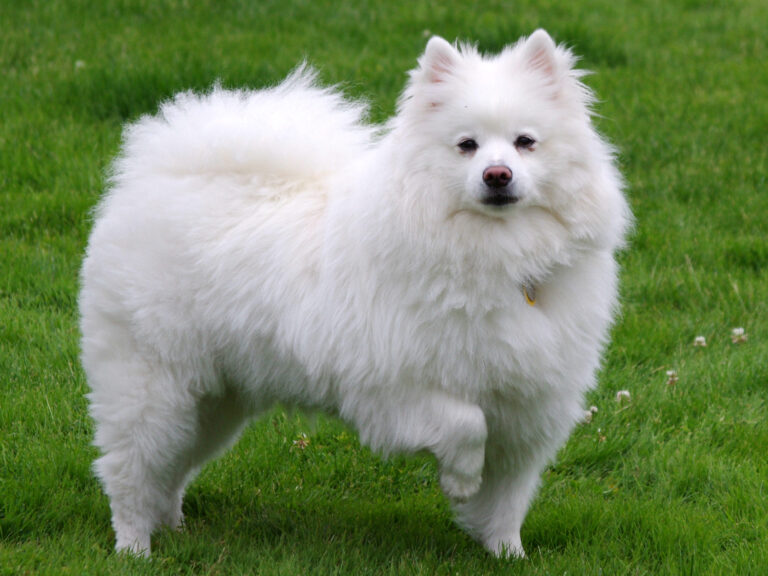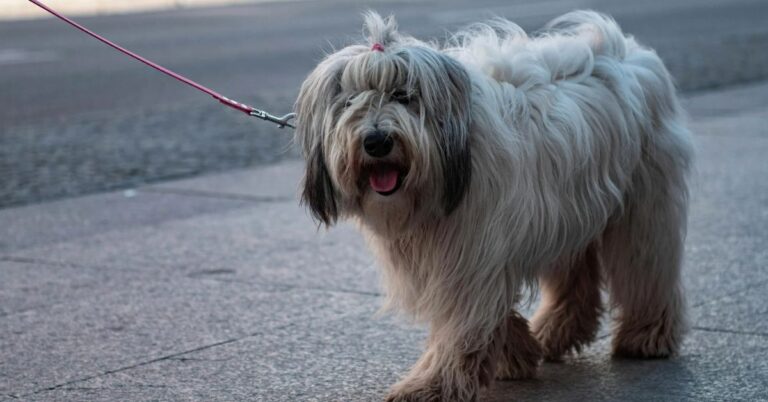15 Breeds That May Sport Distinctive Double Dewclaws
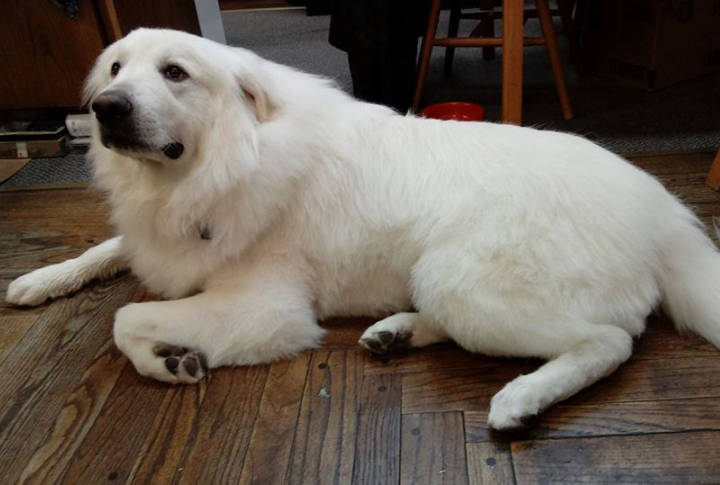
Double dewclaws might be unusual, but they’re a defining trait for certain dog breeds. These extra toes not only add character but serve functional purposes, too. Some dogs are born with this feature, whether for gripping rough terrain or adding stability. Curious to know which breeds proudly sport these extra toes?
Great Pyrenees
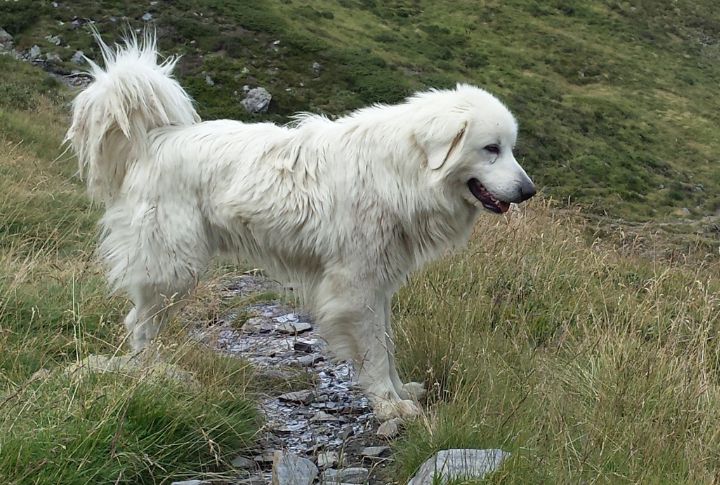
Guarding mountain sheep requires more than size. The Great Pyrenees’ dewclaws are essential for stability. These distinctive toes give the dog extra grip while scaling steep slopes, which ensures it can perform its duties with confidence. This breed is perfectly equipped for its high-altitude adventures.
Beauceron
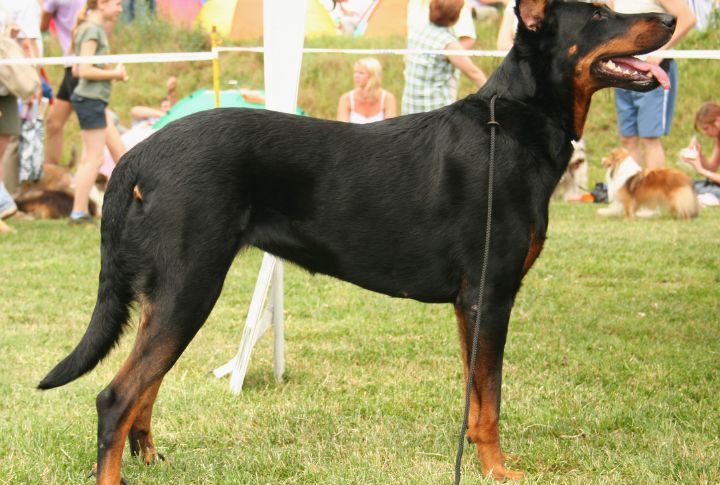
Beaucerons have double dewclaws that enhance their agility and balance when working on rough terrain. Known for their intelligence and protective instincts, these toes give them added support as they guide livestock. No wonder this trait is celebrated in their native France.
Briard
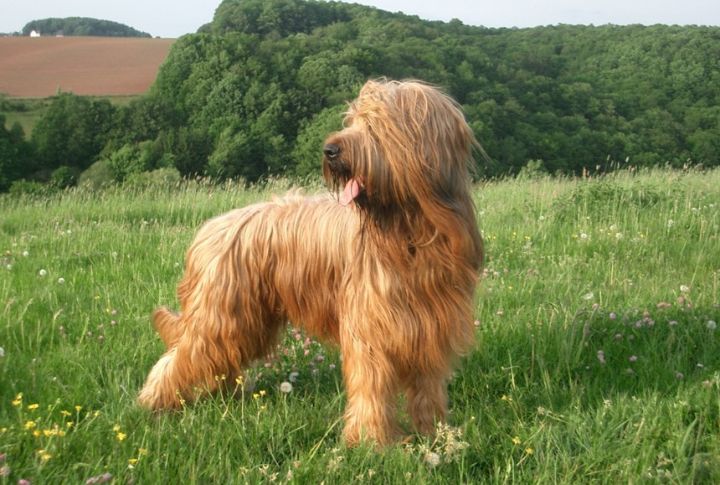
With a flowing coat and unique double dewclaws, the Briard stands out among herding breeds. Historically, the toes helped it maneuver through challenging terrains while herding sheep. Today, they still add a practical touch to this versatile, charming dog’s personality.
Icelandic Sheepdog
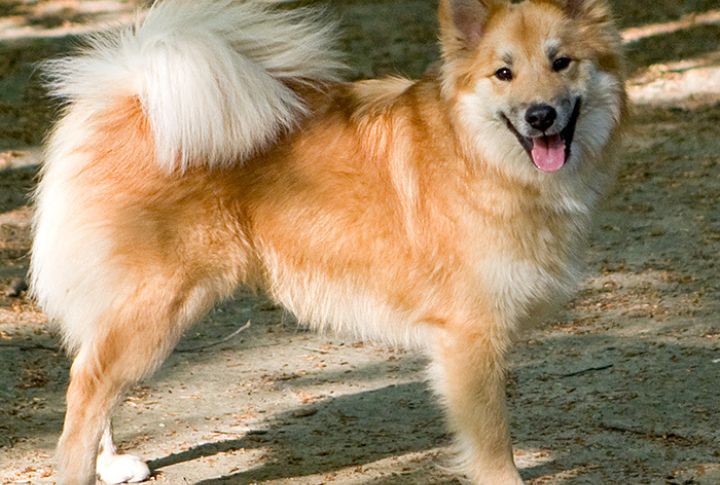
The Icelandic Sheepdog is built for survival in the toughest climates, and its dewclaws provide stability on icy surfaces. As it herds livestock across harsh, rocky ground, they offer support where it matters most. It’s just another reason this breed is so adaptable.
Norwegian Lundehund
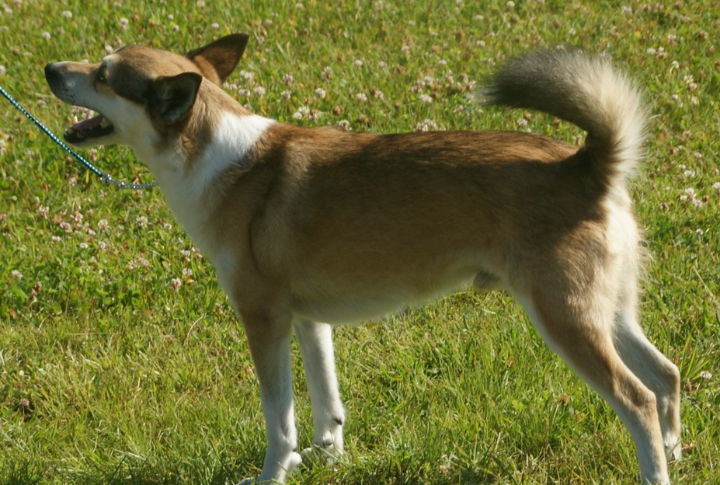
Famed for having six toes per paw, this dog is a one-of-a-kind climbing specialist. The Norwegian Lundehund’s dewclaws once aided its cliff-climbing skills while hunting puffins. Its unique digits provide a boost in balance, which helps the dog move through tricky settings with ease.
Spanish Mastiff
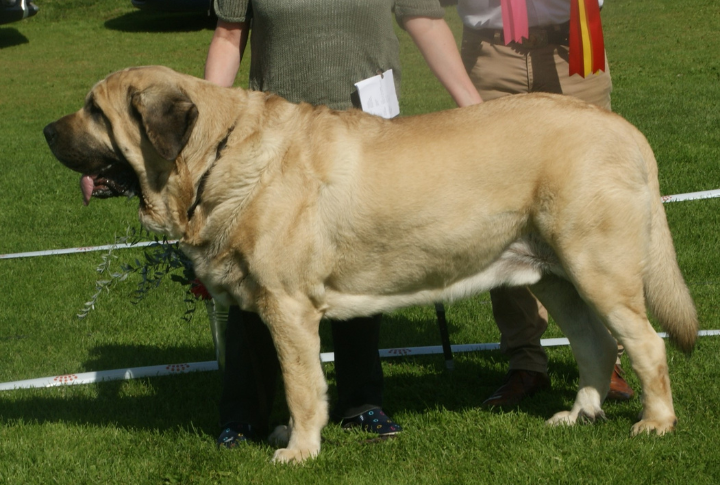
The Spanish Mastiff is a dependable protector, combining strength and balance. Guarding livestock in tough, uneven terrain takes more than just muscle—this big dog’s extra toes, known as dewclaws, help it stay balanced. The special toes give them the stability they need to patrol their flock reliably.
Estrela Mountain Dog
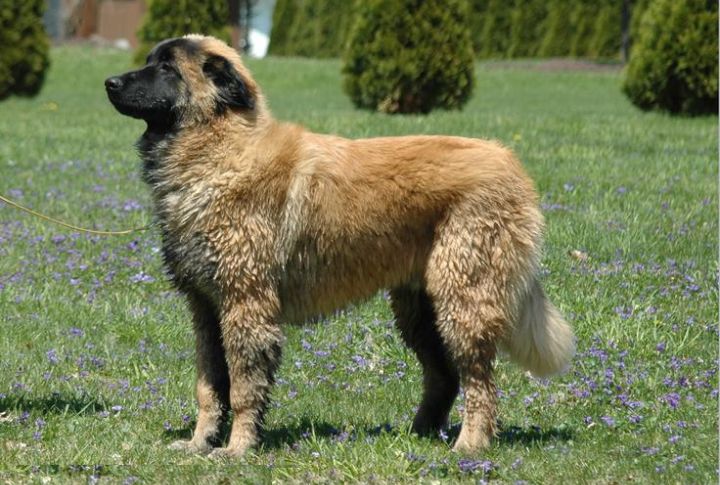
A true mountain guardian through and through. The Estrela Mountain Dog’s double dewclaws are a key feature, helping it thrive in Portugal’s mountainous regions. As this breed climbs and guards livestock, these toes provide the extra grip it needs to perform its tasks with ease.
Anatolian Shepherd

The Anatolian Shepherd is strong, dependable, and gets the job done. Noted for guarding livestock in extreme surroundings, this breed’s dewclaws improve its agility. Their functional toes aid in navigating rocky terrain, which ensures the breed can outmaneuver predators.
Pyrenean Mastiff
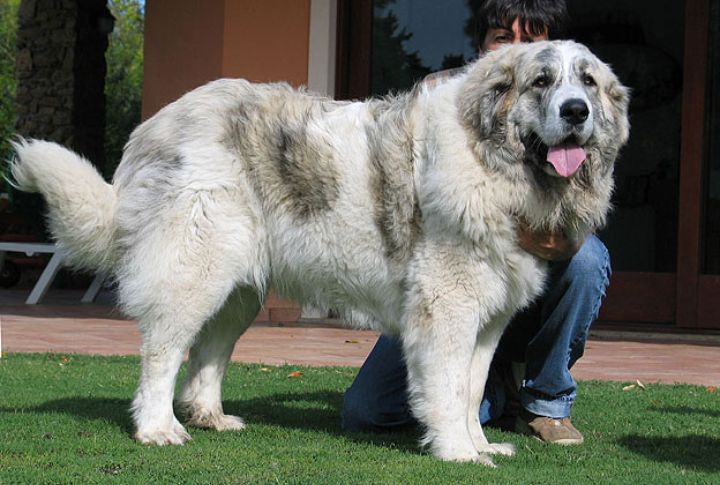
The Pyrenean Mastiff is more than prepared for mountain life. Built to roam the Pyrenees Mountains, they use their dewclaws for stability while protecting sheep. Also, they offer additional balance when the terrain gets tough, helping the dog perform its duties.
Catalan Sheepdog
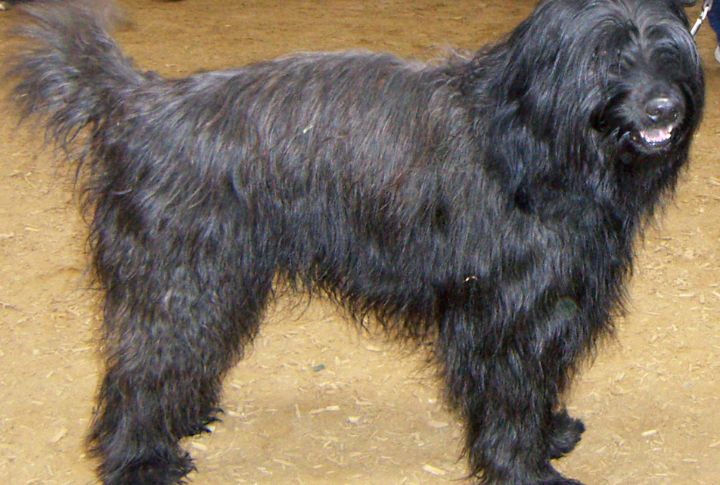
Perfectly suited for high-altitude tasks, this breed thrives in mountainous areas, and its toes are part of what makes it such a capable working dog. When traversing rugged terrain, the Catalan Sheepdog’s double dewclaws provide the grip needed for precision herding.
Maremma Sheepdog
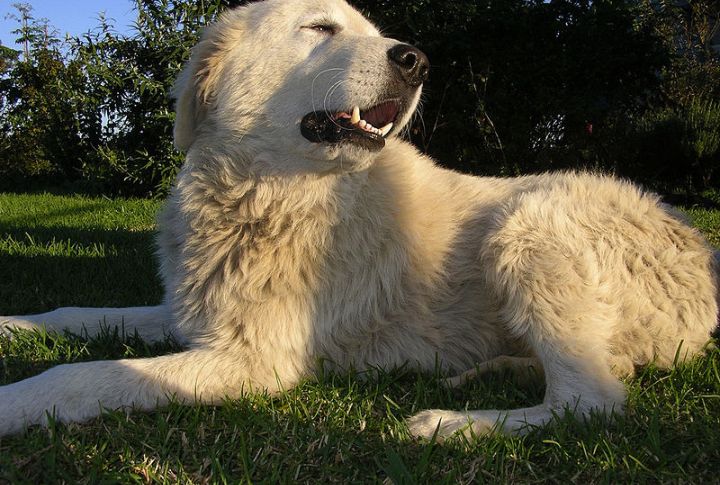
The Maremma Sheepdog’s job as a livestock protector is aided by its sturdy dewclaws. Navigating Italy’s rugged terrain, these toes help keep the dog steady and sure-footed. It’s no surprise this breed is so well-equipped to protect its flock in challenging environments.
Hovawart
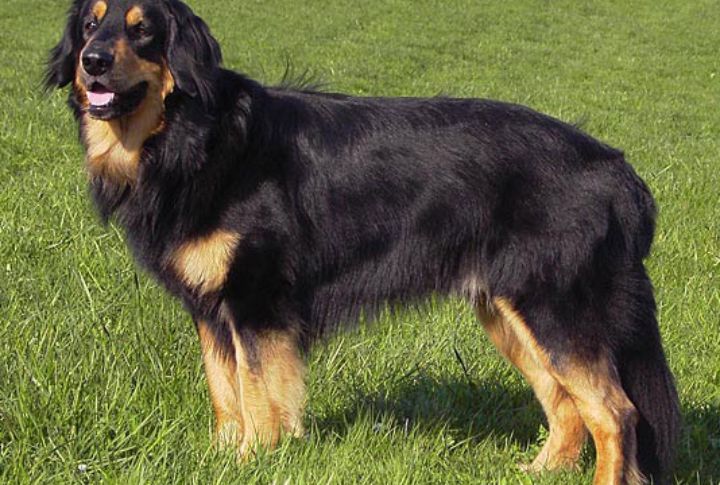
For the Hovawart, navigating difficult terrain comes naturally, thanks to its dewclaws. These toes add stability when exploring uneven ground, which makes the breed a reliable working dog. From guarding property to traversing rugged backdrops, it’s a versatile companion.
Kangal
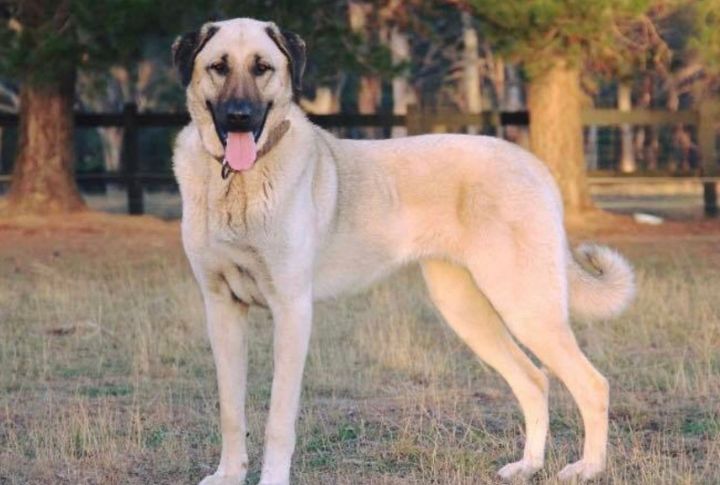
Patrolling rough, hilly terrain comes naturally to the Kangal, and its double dewclaws give it extra balance. The functional digits allow the dog to move swiftly and confidently while protecting livestock. The breed’s stability makes it a formidable guardian.
Berger des Pyrénées
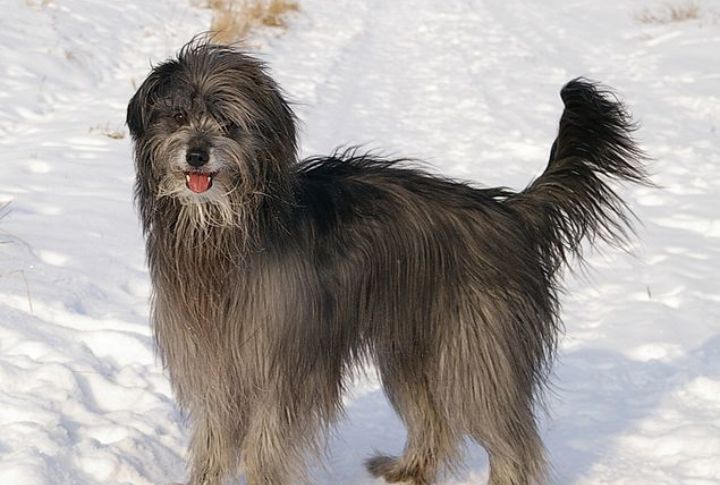
The Berger des Pyrénées, a small yet hardy herding dog, benefits from its dewclaws when traversing rocky hills. They give the breed a firm grip and help in maneuvering steep slopes with ease. It’s a perfect companion for rough terrain given its agility and sure-footedness.
Saint Bernard
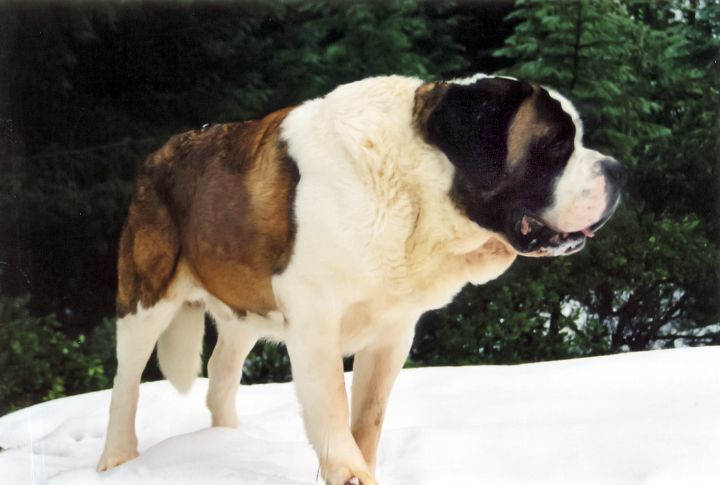
The Saint Bernard may be best known for its rescue work, but its dewclaws play a key role too. This added stability on snow and ice makes the breed even more reliable in its life saving duties. Ideal for navigating dangerous winter terrains, the Saint Bernard faces little problems in harsh conditions.
